In a back-to-back MOSFET configuration, if the single MOSFET is maximum-rated at BVDSS=100 V (like the IRF530 in the example), does that mean that the series of both has a breakdown voltage of 200 V or rather 100 V?
My argument in favor of 100 V would be that the lower MOSFET's forward-biased body diode has a maximum voltage of 0.4-0.8V if current starts to flow, so only the upper MOSFET is truly blocking. But I am not sure if this is the correct way of looking at it.

simulate this circuit – Schematic created using CircuitLab